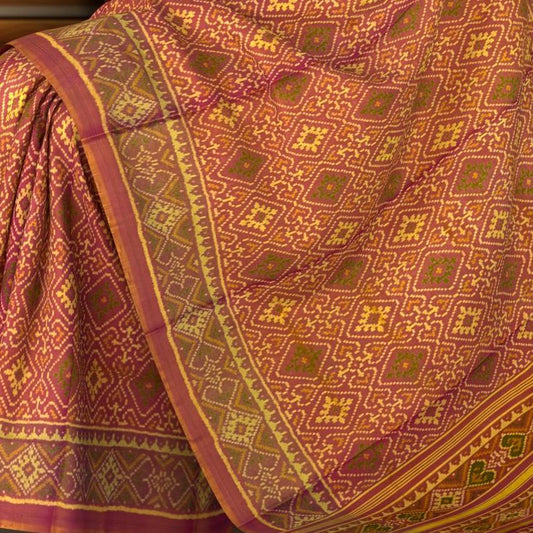A Symphony of New Beginnings: Celebrating India's Springtime New Years
As nature blooms with the arrival of spring, different regions of India come alive with festivals that mark the traditional New Year. While the calendars may differ, the spirit remains the same — hope, harvest, heritage, and new beginnings. Let's take a journey through the vibrant festivities of Tamil New Year (Puthandu), Bengali New Year (Pohela Boishakh), Cheriaoba (Manipuri New Year), Bohag Bihu (Assamese New Year) and Vishu (Malayali New Year).
🌸 Tamil New Year – Puthandu (புத்தாண்டு)
Celebrated on April 14, Tamil New Year is a day when Tamil households usher in prosperity with rituals, traditional food, and prayers.
-
Cultural Essence: The day begins with the sight of auspicious items like gold, fruits, betel leaves, and a mirror — known as Kanni. Homes are decorated with kolams, and temple visits are customary.
-
Special Dish: Mango Pachadi, a dish that blends sweet, sour, bitter, and spice — symbolizing the varied experiences of life.
-
Tradition: The reading of the Panchangam (almanac) and honoring elders are key rituals.

🌼 Bengali New Year – Pohela Boishakh (পহেলা বৈশাখ)
Falling on April 14 or 15, Pohela Boishakh marks a fresh start for Bengalis with processions, food, and cultural gatherings.
-
Cultural Essence: People greet each other with "Shubho Noboborsho," wear new clothes, and clean homes for a fresh start. In rural Bengal, traders open their new accounting books (Haal Khata).
-
Special Dish: Panta Bhaat with fried hilsa and onion is a traditional delicacy.
-
Tradition: Cultural performances, poetry recitals, and fairs known as Boishakhi Melas enrich the celebrations.

🌄 Cheriaoba – The Manipuri New Year
Observed in April by the Meitei community of Manipur, Cheriaoba is a blend of spirituality and festivity.
-
Cultural Essence: Offerings are made to ancestors and deities, and families prepare traditional food to mark the beginning of the lunar new year.
-
Special Tradition: Climbing a hill after the feast symbolizes the aspiration to rise to greater heights in life.
-
Spiritual Vibes: Homes are cleaned and decorated with banana leaves and flowers as signs of purity and prosperity.

🌾 Bohag Bihu – Rongali Bihu of Assam
Assam’s biggest festival, Bohag Bihu, begins mid-April and celebrates the start of the agricultural season and the Assamese New Year.
-
Cultural Essence: It’s a seven-day-long festival filled with dance, music, and community feasting. The spirit of ‘Husori’ (Bihu dance troupes visiting homes) brings joy across villages and towns.
-
Special Dish: Pitha (rice cakes), laru (coconut laddoos), and curd with jaggery are shared with love.
-
Tradition: Farmers worship cattle on Goru Bihu, and wear traditional Mekhela Sador and Dhoti-Kurta while singing Bihu songs (Bihu Geet).

🌟 Vishu – The Festival of Light and Hope
Vishu, celebrated in Kerala and coastal Karnataka, falls around April 14 and marks the solar new year.
-
Cultural Essence: The highlight is the Vishukkani — an arrangement of fruits, rice, coins, a mirror, and the holy text, viewed first thing in the morning for good fortune.
-
Special Dish: Vishu Sadhya, a grand vegetarian feast served on banana leaves.
-
Tradition: Children receive Vishu Kaineetam (money gifts) from elders, symbolizing blessings for a prosperous year.

🌏 Unity in Diversity
Though celebrated differently across the Indian subcontinent, these festivals echo a shared sentiment — the joy of renewal, family bonding, cultural pride, and gratitude for nature’s bounty.
This spring, whether it's lighting a lamp in Kerala, dancing the Bihu in Assam, or preparing pachadi in Tamil Nadu, let's celebrate the essence of new beginnings.







Leave a comment
Please note, comments need to be approved before they are published.